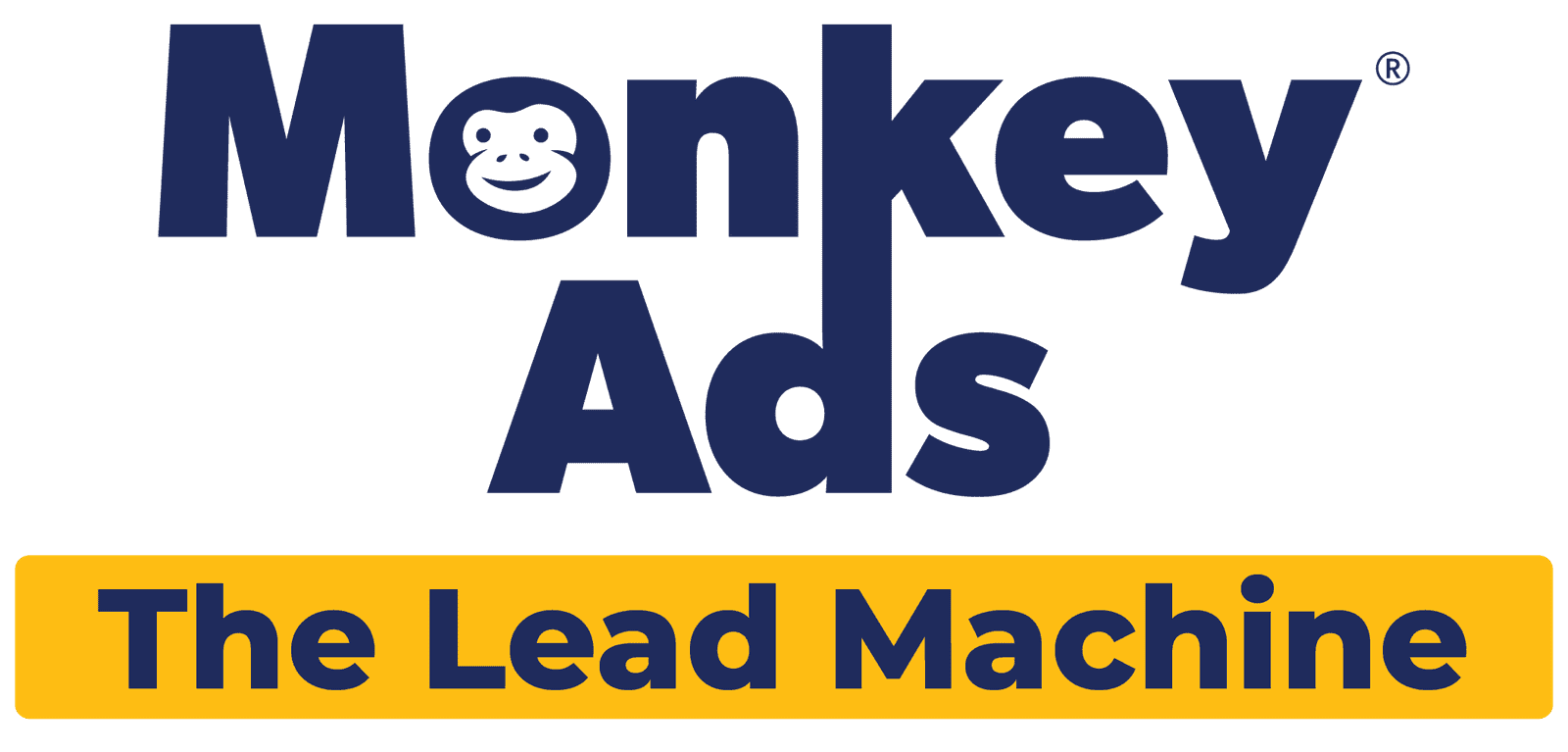
Lead qualification is a pivotal step in the sales process, distinguishing potential customers from casual inquiries. This blog explores the nuances of effective lead management, addressing common challenges and providing best practices that business development (BD) teams can use to enhance their sales strategies.
What is Lead Qualification?
Lead qualification involves assessing whether a prospect can become a valuable customer. It’s about examining the leads generated through various channels to determine their potential for conversion. Proper qualification can drastically increase the efficiency and success rates of sales strategies.
Common Challenges in Lead Qualification
BD teams often face several challenges in lead qualification. Addressing these effectively can significantly enhance the performance and outcome of your sales efforts.
1. Minimizing Turnaround Time (TAT)
The time from receiving a lead to making initial contact is critical. A high TAT can lead to lost interest or forgotten interactions.
Best Practices:
•Automate Initial Responses: Use CRM tools to send immediate acknowledgments or pre-qualification emails.
•Prioritize Leads: Implement scoring systems to prioritize high-potential leads for quicker follow-up.
•Optimal TAT: Aim for a TAT of under 24 hours, with high-priority leads contacted within the first hour.
2. Quickly Identifying Unqualified Leads
Efficiently managing lead flow includes quickly identifying and setting aside unqualified leads.
Strategy:
•Use a Predefined Criteria List: Establish clear criteria (budget, need, timeline, etc.) that qualify a lead. If a lead does not meet essential criteria, mark it as unqualified.
•Regular Training: Keep your BD team updated on product changes and market trends that might affect qualification standards.
3. Energizing Conversations
Given that your leads are generated through engaging video content, the transition to direct contact should maintain that engagement level.
Sample Script:
•“Hello [Name], this is [Your Name] from [Company], and I’m thrilled to talk to you today! I noticed you’re interested in [Specific Interest]. Could you share more about what caught your eye, and how can we assist you further?”
4. Interpreting Data from ‘Instant Forms’
The details provided in instant forms can be very telling.
Tips:
•Look for Professional Email Domains: An email with a company domain suggests a potential B2B lead.
•Analyze Job Titles and Departments: These can indicate decision-making power or specific needs.
•Geographical Information: This might align with regional marketing campaigns or product availability.
5. Additional Sales Techniques and Best Practices
•Active Listening: Tailor conversations by focusing on understanding the lead’s needs and responding appropriately.
•Follow-Up Strategy: Develop a systematic follow-up process that ensures leads are nurtured over time, increasing the chances of conversion.
6. Auditing the Lead Qualification Process
Regular audits are crucial to ensure the integrity and efficiency of the lead qualification process.
Key Areas to Audit:
•Consistency in Follow-up: Verify that all leads are being followed up within the optimal TAT.
•Communication Methods: Ensure alternative communication methods like WhatsApp are used if calls are missed.
•Accuracy in Lead Disqualification: Periodically review a random sample of disqualified leads to ensure genuine qualification.
Conclusion
Effective lead qualification is more than just a step in the sales process; it’s a strategic element that can significantly impact your business’s success. By implementing these best practices and regularly auditing the process, BD teams can ensure that they are not just meeting but exceeding their sales goals.

